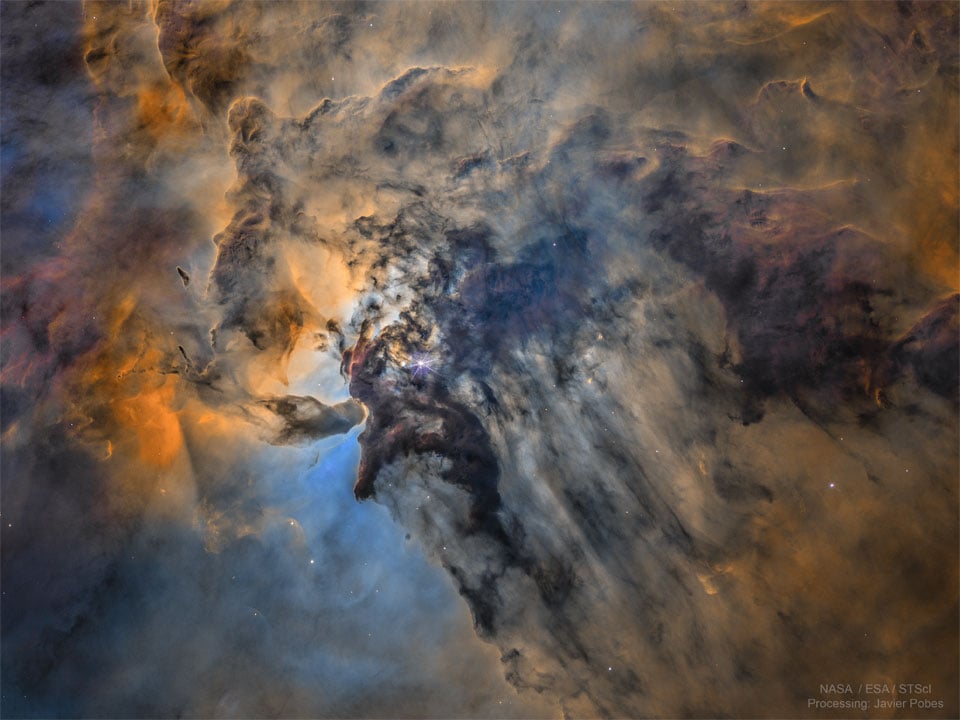Space
10446 readers
246 users here now
Share & discuss informative content on: Astrophysics, Cosmology, Space Exploration, Planetary Science and Astrobiology.
Rules
- Be respectful and inclusive.
- No harassment, hate speech, or trolling.
- Engage in constructive discussions.
- Share relevant content.
- Follow guidelines and moderators' instructions.
- Use appropriate language and tone.
- Report violations.
- Foster a continuous learning environment.
Picture of the Day
 The Busy Center of the Lagoon Nebula
The Busy Center of the Lagoon Nebula
Related Communities
🔭 Science
- [email protected]
- [email protected]
- [email protected]
- [email protected]
- [email protected]
- [email protected]
- [email protected]
- [email protected]
- [email protected]
🚀 Engineering
🌌 Art and Photography
Other Cool Links
founded 2 years ago
MODERATORS
1
2
3
4
5
6
7
8
460
James Webb confirms something is deeply wrong with how we understand the universe
(glassalmanac.com)
10
11
12
11
A detection of completely dark halos would open up a new window to study the universe.
(www.techexplorist.com)
13
14
15
17
18
19
20
21
22
198
23
15
A Stunning Fusion Rocket Could Cut Interplanetary Travel in Half—and We'll Try It in Just 2 Years
(www.popularmechanics.com)
24
25
view more: next ›

